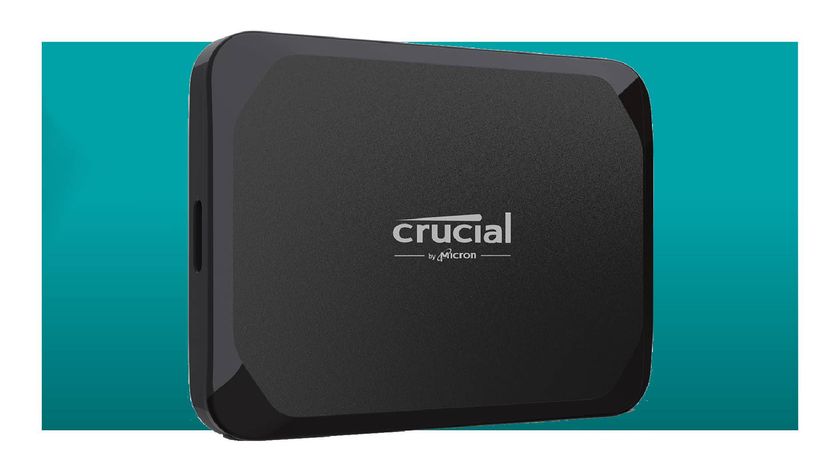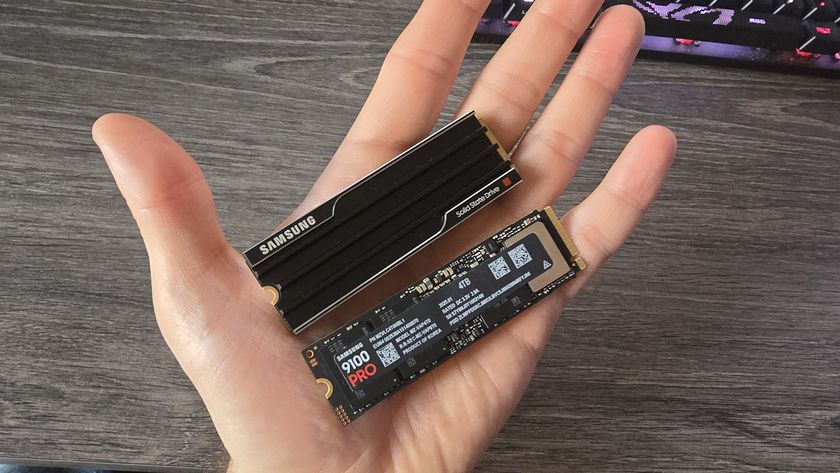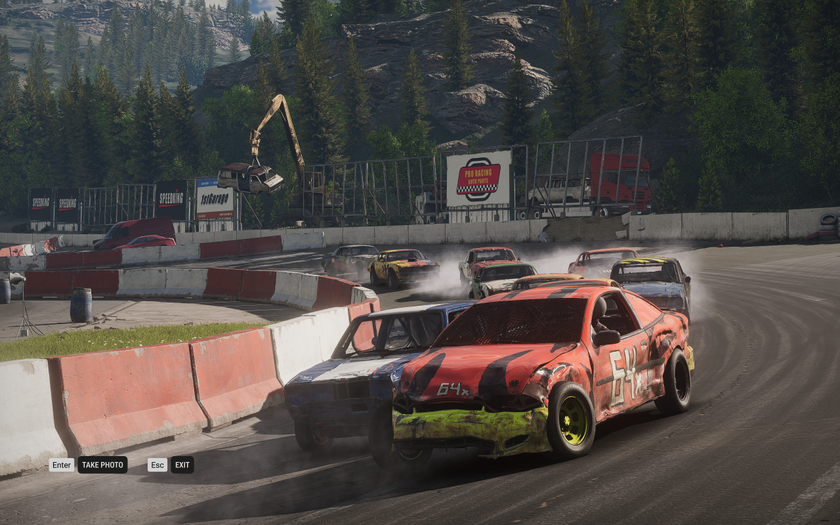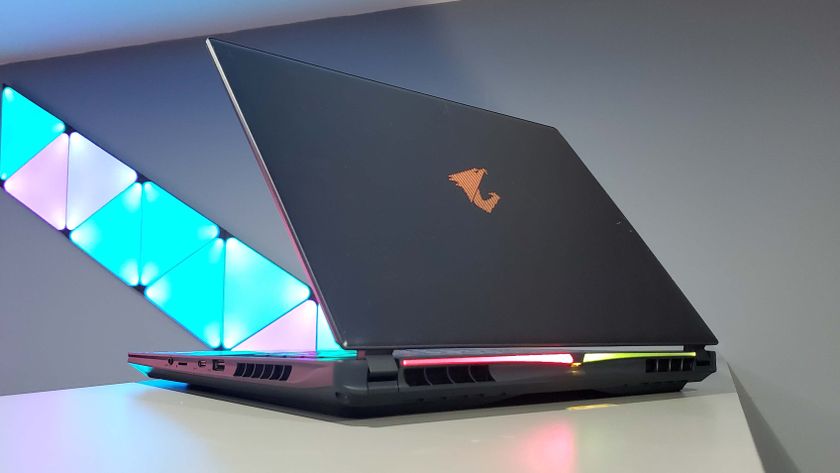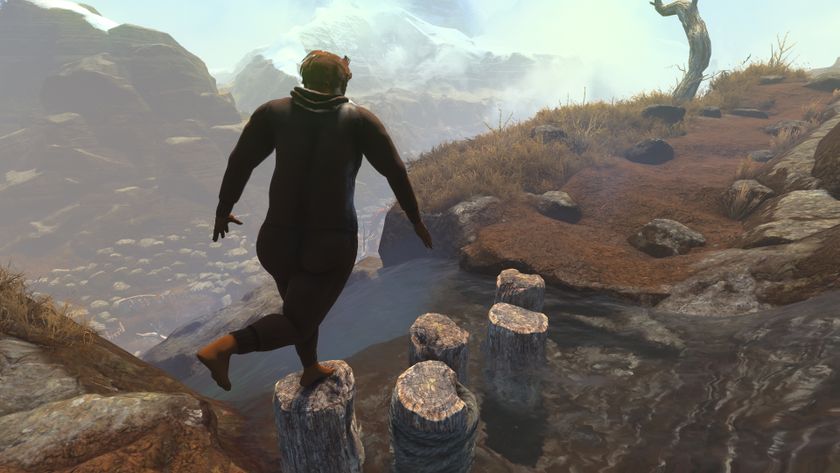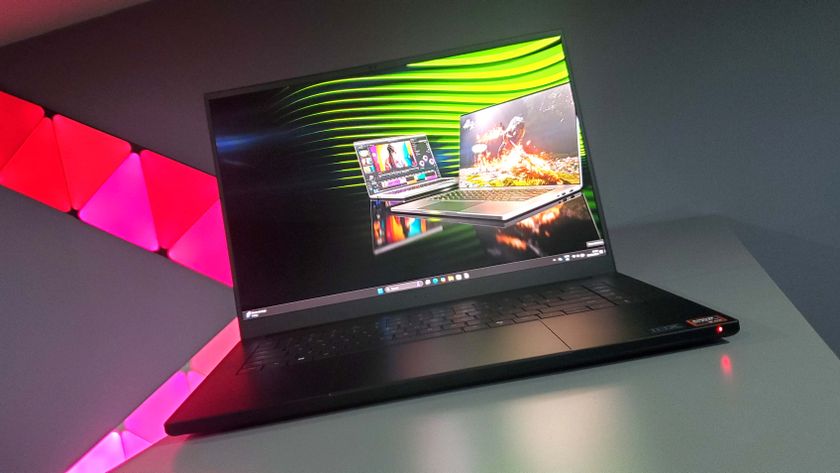SSD Performance: Resetting the Benchmarks
Storage Matters
With the stage now set, we’re ready to start posting new SSD reviews. Ideally, we love the performance offered by NVMe drives, and we’re certainly looking forward to Intel and Micron’s XPoint Technology. They’ve told us that we should see consumer and enterprise class SSDs using XPoint in 2016, which is awesome… but we’ll believe it when we see it. Unfortunately, for the vast majority of users, the cost of current NVMe drives is very high, plus you need a compatible motherboard. That means SATA is still a viable option, and in many cases it may simply be the best solution.
Do you want a 1.2TB Intel SSD 750 taking up a PCIe slot, or would you rather save $600 and give up a bit of capacity and a moderate amount of real-world performance by going with a 1TB 850 Pro? Or save an additional $100 and move to the 1TB 850 EVO? Our benchmarks also show that sticking two SSDs together in RAID 0 can definitely improve performance over a single drive, so if you’re not space constrained that’s a compelling alternative to expensive hardware.
As we go forward with SSD reviews, these drives are the heavyweights that you need to beat. If you make an NVMe drive that costs as much as the Intel SSD 750, it needs to at least equal it on performance and features. Alternatively, less expensive NVMe offerings that clearly beat SATA drives but may not reach the top of the charts are worth considering. On the SATA side of things, the Samsung 850 Pro and 850 EVO deliver great performance, with the EVO priced extremely competitively. Drives either need to beat Samsung on price, features, and/or performance to stand a chance.
Given the newness of NVMe and M.2 drives, along with their associated cost and hardware requirements, there’s still a big market for SATA drives. Perhaps by the time Cannonlake rolls out, we’ll see pricing on NVMe drives reach the point where they’re no longer out of reach of mainstream users. And if we’re lucky, we’ll also have an interface to our storage devices with enough bandwidth to run multiple NVMe drives at full performance. With 3D-NAND, XPoint, and other new technologies, the next couple of years in the SSD arena are sure to prove exciting.
Follow Jarred on Twitter.
The biggest gaming news, reviews and hardware deals
Keep up to date with the most important stories and the best deals, as picked by the PC Gamer team.
Jarred's love of computers dates back to the dark ages when his dad brought home a DOS 2.3 PC and he left his C-64 behind. He eventually built his first custom PC in 1990 with a 286 12MHz, only to discover it was already woefully outdated when Wing Commander was released a few months later. He holds a BS in Computer Science from Brigham Young University and has been working as a tech journalist since 2004, writing for AnandTech, Maximum PC, and PC Gamer. From the first S3 Virge '3D decelerators' to today's GPUs, Jarred keeps up with all the latest graphics trends and is the one to ask about game performance.

